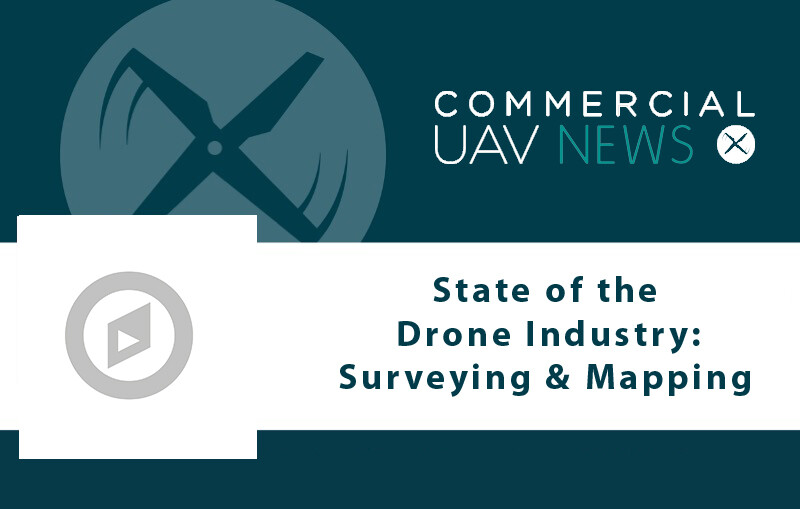Surveying and mapping professionals were early adopters of drones, and the technology is an integral part of the industry today.
According to Christian Stallings, a certified photogrammetrist and Director of Operations at Alynix, industry leaders were quick to see how drone technology could save time and money and improve the quality of their work.
“Many of us in mapping and surveying immediately recognized the opportunities presented by drones,” he reported. “For me, as soon as I saw what the software was capable of doing compared to conventional photogrammetry tools, I started building my own drones. The power and potential of these tools were obvious to me—and to a lot of other people in the field.”
Like Stallings, many industry experts realized that drones could quickly and inexpensively cover large areas, as well travel to hard-to-reach places. Also, they understood that these vehicles could be equipped with remote sensing technology and sensors capable of delivering high quality data.
Stallings said that, early on, the drone industry itself began incorporating imaging technologies commonly used in surveying and mapping operations. “Some of the imaging tools that we use in photogrammetry were adopted by the drone industry as that industry was developing,” he reported. “So, when drones first started showing commercial viability 10 years ago or so, many of us in mapping and surveying started adopting the technology.”
Early adoption has led to dramatic changes in the way mapping and surveying gets done. “Over the past 10 years, people like me who come from the traditional remote sensing world have shifted the way we approach different projects,” Stallings said. “Today, drones and LiDAR dominate our discussions.”
Given the many advantages offered by drones, this shift in focus is hardly surprising. “Remote sensing allows us to collect large amounts of information from a distance, but the usefulness of this information depends on the accuracy and the resolution,” explained Stallings. “Drones allow us to collect this information at a higher level of detail using inexpensive platforms.”
By offering high accuracy and lower costs, drones have become increasingly attractive to companies in the fields of construction, energy, infrastructure, mining, and more. But the technology can be confusing to newcomers. To help, companies like Alynix are helping clients craft the appropriate solutions to address their surveying and mapping needs—solutions that combine the drones themselves along with the systems needed to manage operations and interpret remote sensing data.
“We help customers understand what tools work best to solve their different problems, and we put together hardware, software, and training so that they’re in a position to be successful from the beginning. We don’t just dump a piece of hardware on them,” Stallings said. “My primary focus is to build a team of subject matter experts to help solve specific problems for different customers using remote sensing tools.”
An understanding of vehicles, software, and support systems has helped Alynix adapt drone technology to their clients in fields that have long relied on surveying and mapping services. This understanding has also led Alynix to bring these services to some “non-traditional” customers.
“One of the ‘non-traditional’ customers we work with is a very large commercial tree farm,” Stallings said. “They have a very disjointed problem in that they don’t own one giant plot of land that’s 1,000 square miles—they own 1,000 plots of land that are all less than a square mile.”
On each plot, Stallings explained, the farm owners need to know “How many trees do I have?” “How healthy are they?” “When will they be ready to cut?”
“These are data science and remote sensing questions that we can answer with drones, multispectral imaging, LiDAR, and with traditional RGB imagery,” he said.
This is just one of many examples of how mapping and surveying professionals are adapting drone technology to traditional and non-traditional projects. Stallings believes that these innovations will continue, and the use of drones in the field will grow and grow.
“The democratization of the technology is accelerating,” he asserted. “For example, when the Phantom 4 came out, all of a sudden, here was a mass-produced drone that was inexpensive, very accurate, and consistent. It changed the industry. The same thing is happening with LiDAR. LiDAR has been around for a long time, but we’re at that moment where LiDAR is now approachable for smaller firms. This democratization will continue to move the industry forward.”















Comments